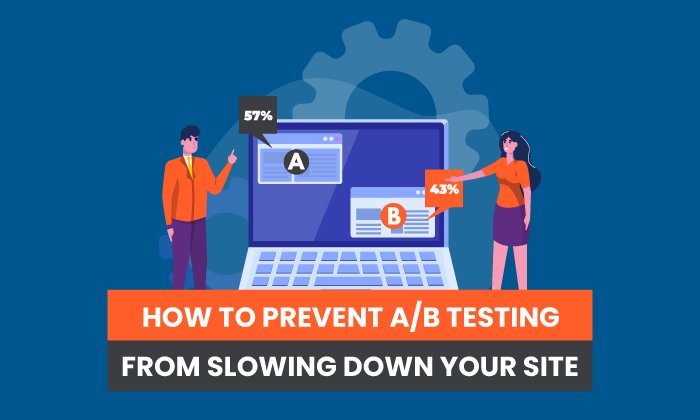MARKETING
Crafting Brilliant Landing Page Copy That Converts
Copy is a key element during the conversion funnel. Making sure your message is consistent and engaging throughout the whole user journey can be the difference between a converting customer and a bouncing user. In this article, I will run through why copy can be important in so many different locations and give a few tips on how to improve your copy throughout your funnel.
Ad-copy
For a paid landing page, ad-copy will be the first thing a user sees. It needs to be enticing enough to convince the user to click on your ad. It is also important for the message of your ad to match the message on your landing page. If a user feels like the promise you made in the ad is not followed through on the landing page, they will likely bounce. For more tips on ad-copy, check out the infographic 10 Mandatory Mobile Ad Copy Tips.
Headlines and Sub-headlines
Once you have convinced a user that you might be the solution to their problem and click on your ad, it is important to back this up with the copy on your landing page. Aside from the hero image, the headline and sub-headline will most likely be the first thing a user notices on your landing page. It is important to recapture their attention here with a great value proposition via your headline and sub-headline. Here are a few tips for headlines and sub-headlines:
- Avoid “flowery” language. By this I mean, don’t use language that sounds pretty but holds no real meaning for users.
- Make your value proposition user-focused. Instead of using your headline to tell users why your business is great, tell users how they will benefit from choosing your services or products.
- Use the value proposition not only to tell users what the purpose of your landing page is, but to tell them why you will be the solution to their problem.
Content copy
Research is crucial to all conversion copywriting, but especially for landing page content. Research allows you to better understand what content your users are interested in, what additional information they need before converting, and what content is potentially distracting them and preventing conversions. Your landing page, and therefore your copy, should tell users a story. Here are a few tips for content copy:
- Utilize copywriting tools like headlines and bulleted copy throughout the content of your landing page. Users tend to skim content and headlines/bullet points can help quickly convey your message to users.
- Make sure your copy is readable, both in design and comprehension. If users are easily able to comprehend your copy, they will be more likely to convert and feel confident about their conversion.
Form and Call-to-Action copy
So you have convinced a user to click on your ad and once on your landing page they have decided your services or products would be a good option for them to pursue. Now what? Form and call-to-action copy can play an important role in clarifying the next steps for users. Form headlines and CTAs can tell users what their next steps should be in the user journey. Here are a few tips for form and CTA copy:
- Use CTAs to provide clarity of next steps. CTAs can be a part of the form or stand-alone on the page. Either way ensure you are using clear, unambiguous language to avoid friction during the conversion process.
- Have a compelling form headline. Users usually don’t want to give you their personal information. Make sure your form headline is motivating enough to convince them to do so.
Microcopy
Microcopy is often used to add additional explanation of elements on a landing page. For example, error messages on a form, or a note insuring a free trial has no strings attached. This copy is significant because it is often used to reduce friction on forms or provide additional context where a user might doubt a step of the conversion process. The important thing to keep in mind for microcopy is to make sure it is helpful to users and eliminates their doubts and fears about converting.
There are a lot of different places to speak to users in the conversion funnel, and they are all important. The tips above will be a good start, but to really be sure you are speaking your users’ language make sure to always be testing and analyzing your copy!






